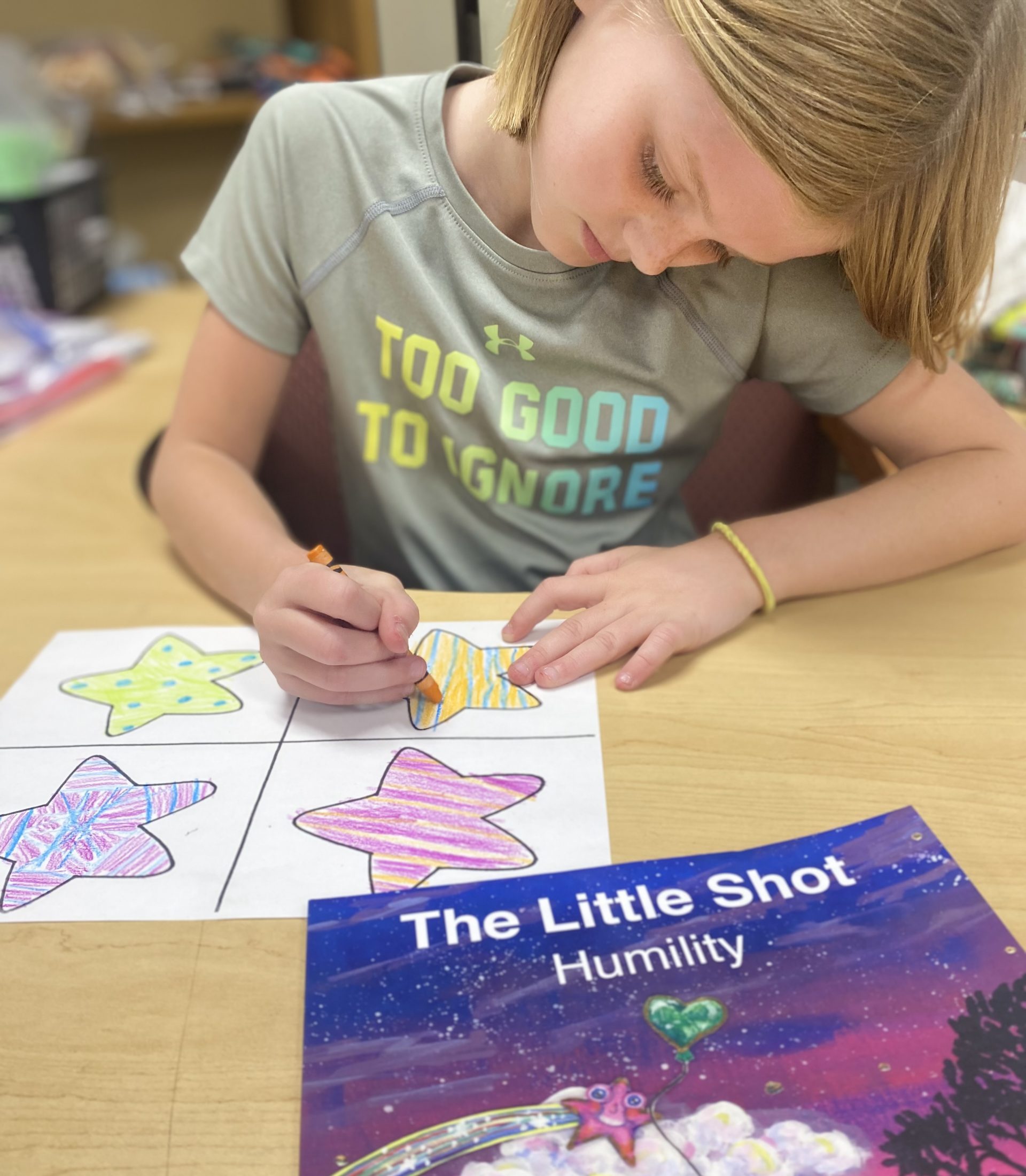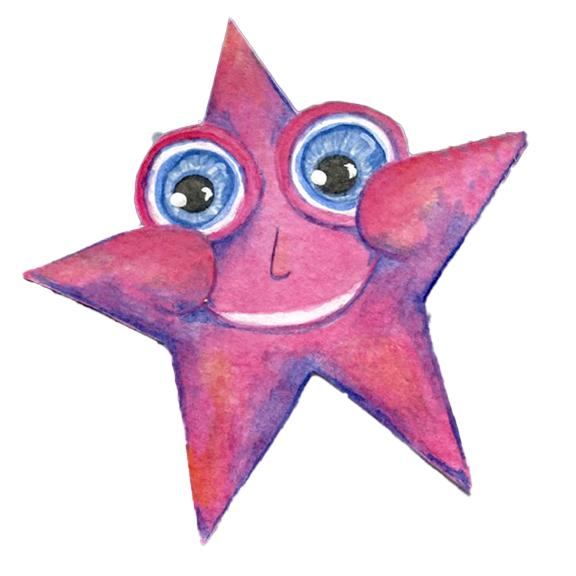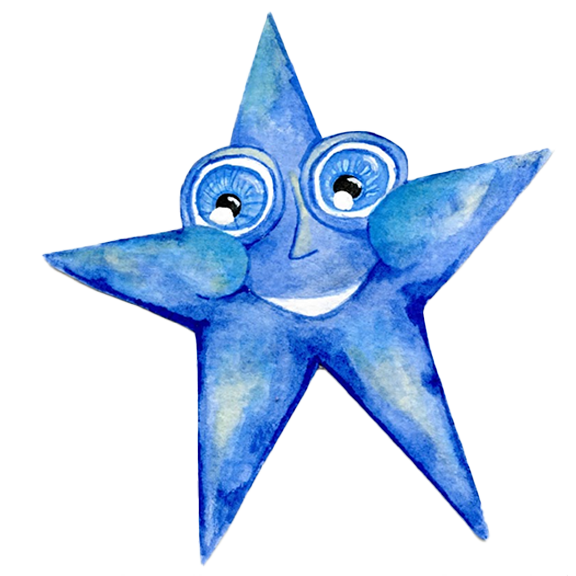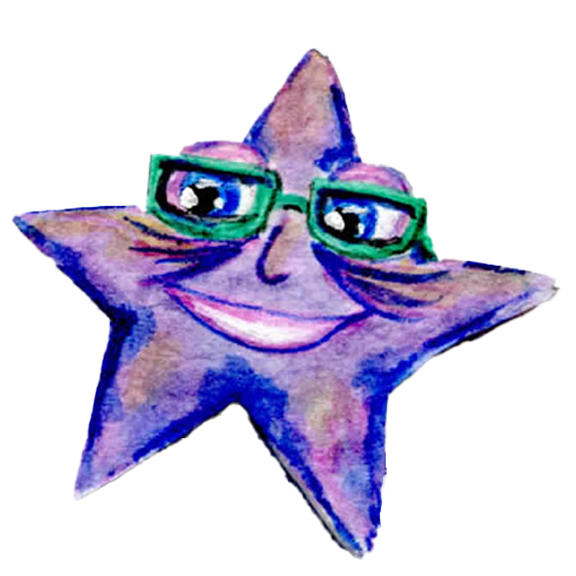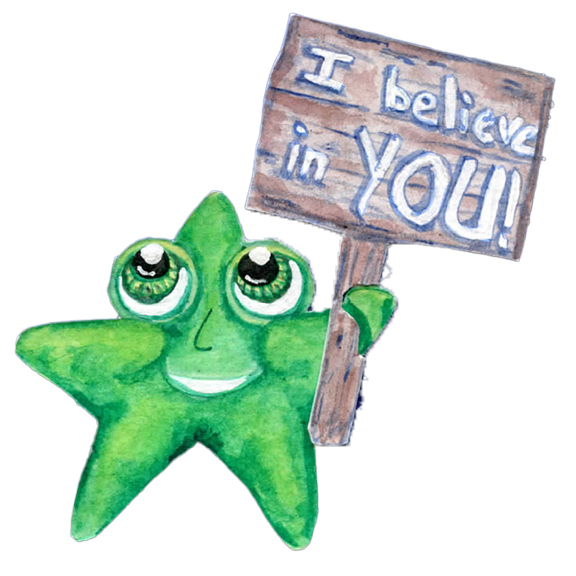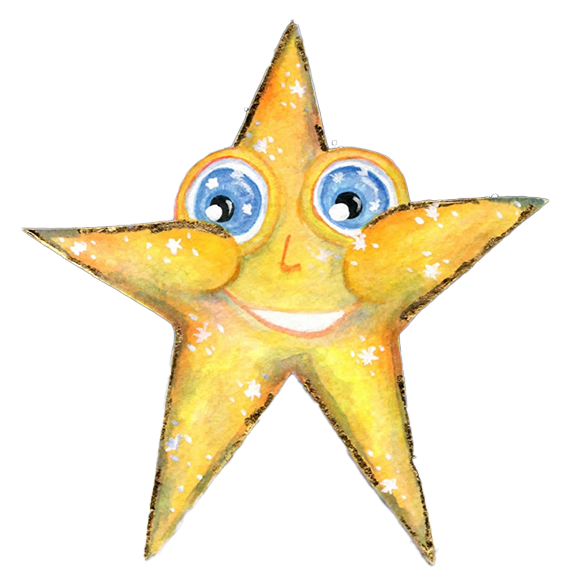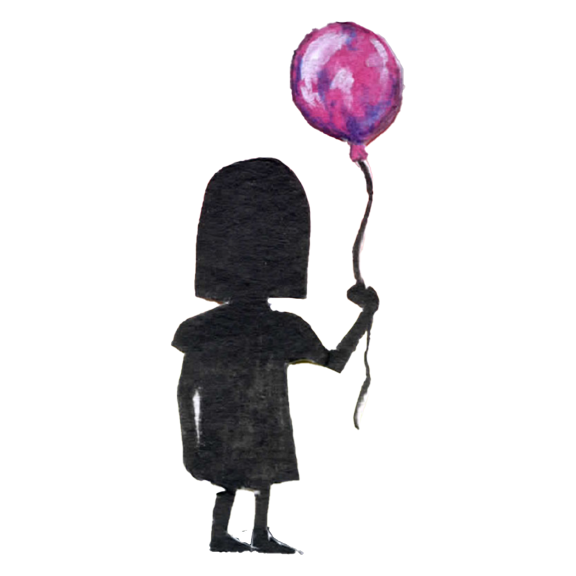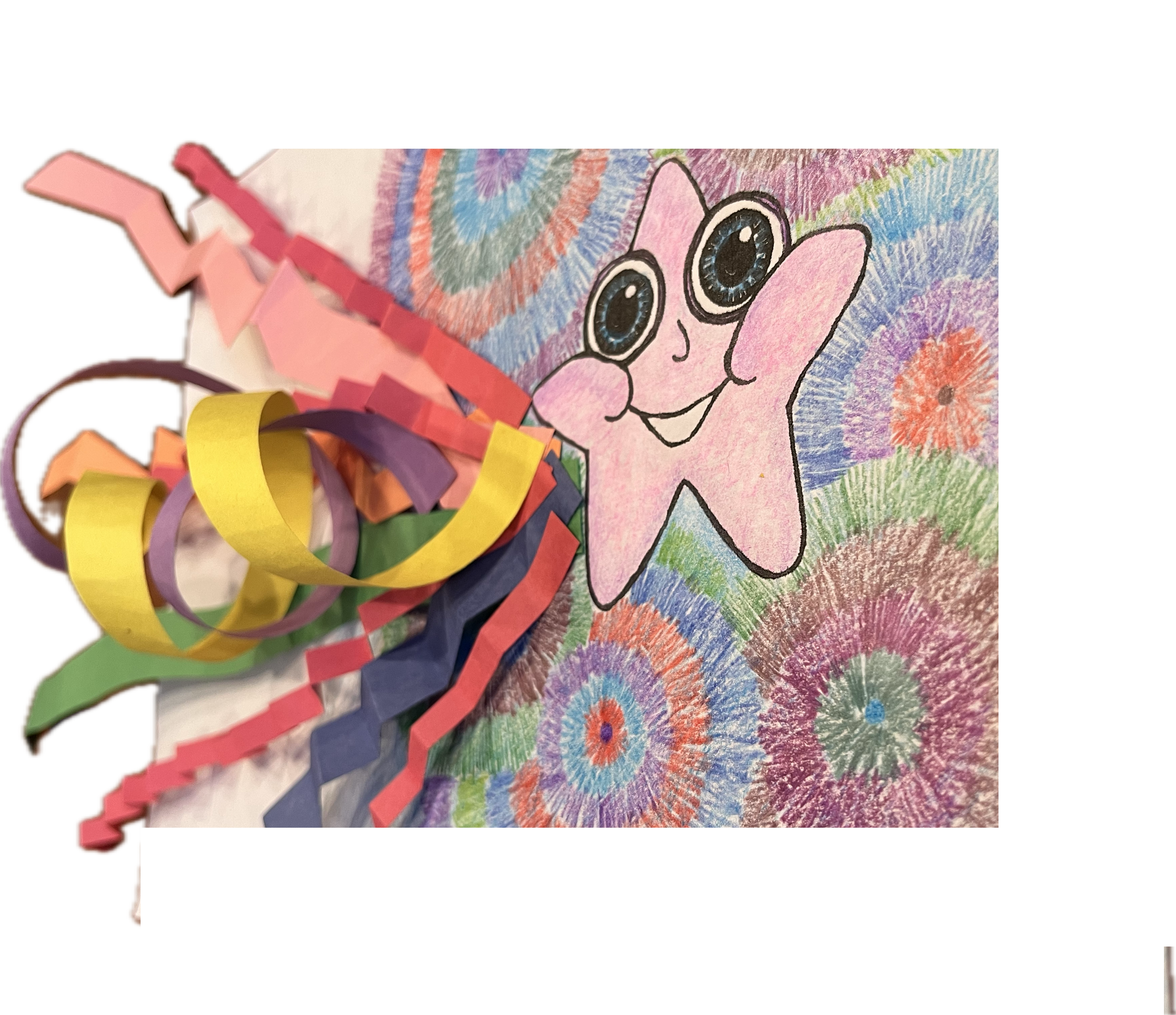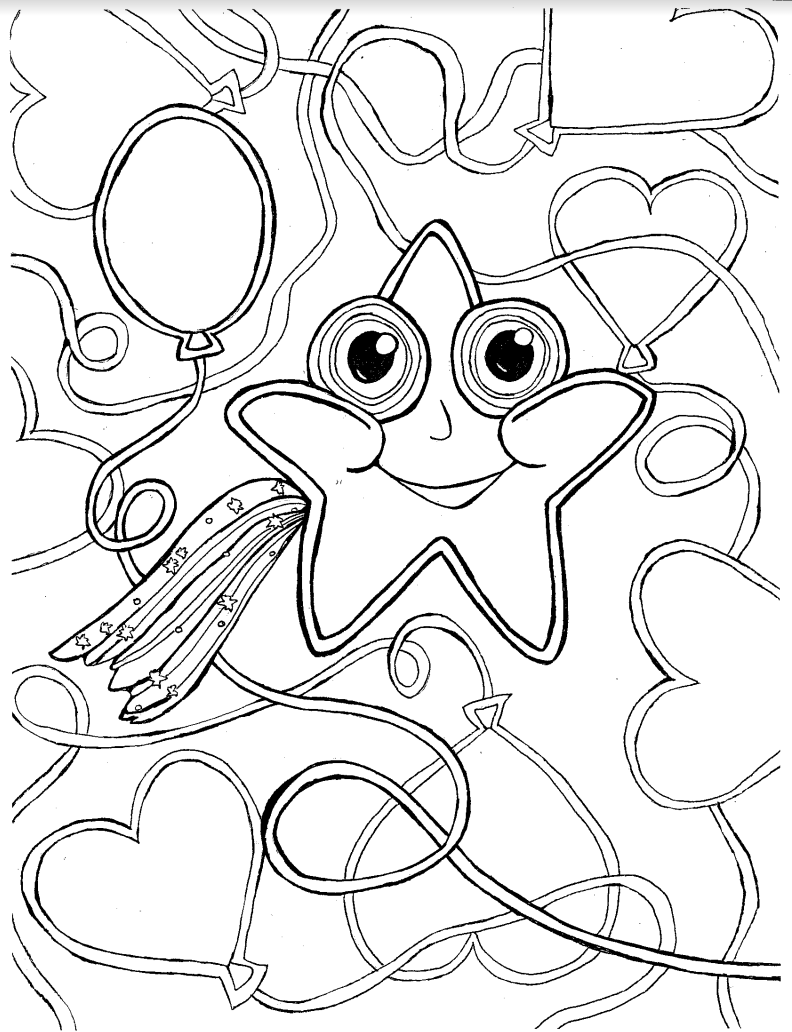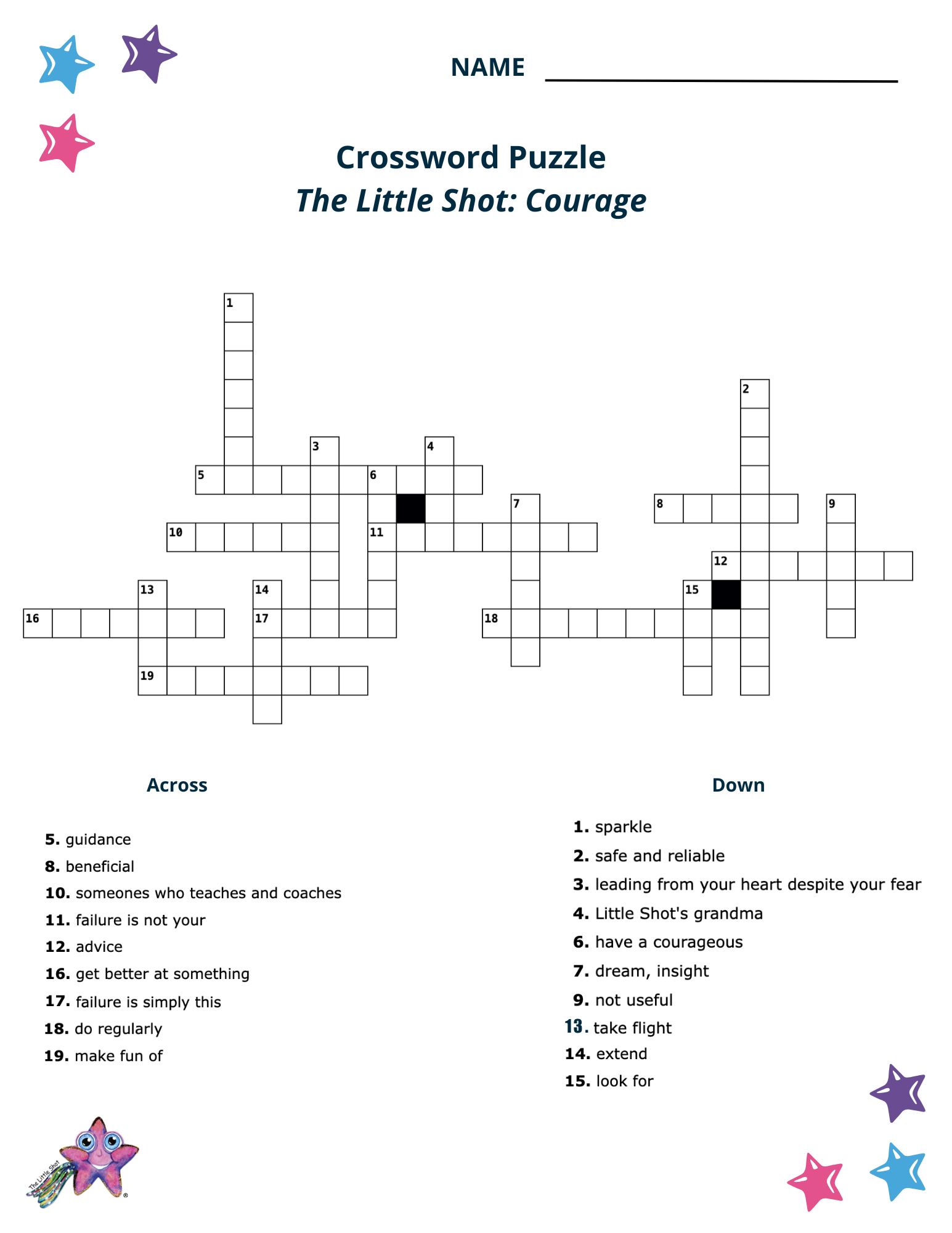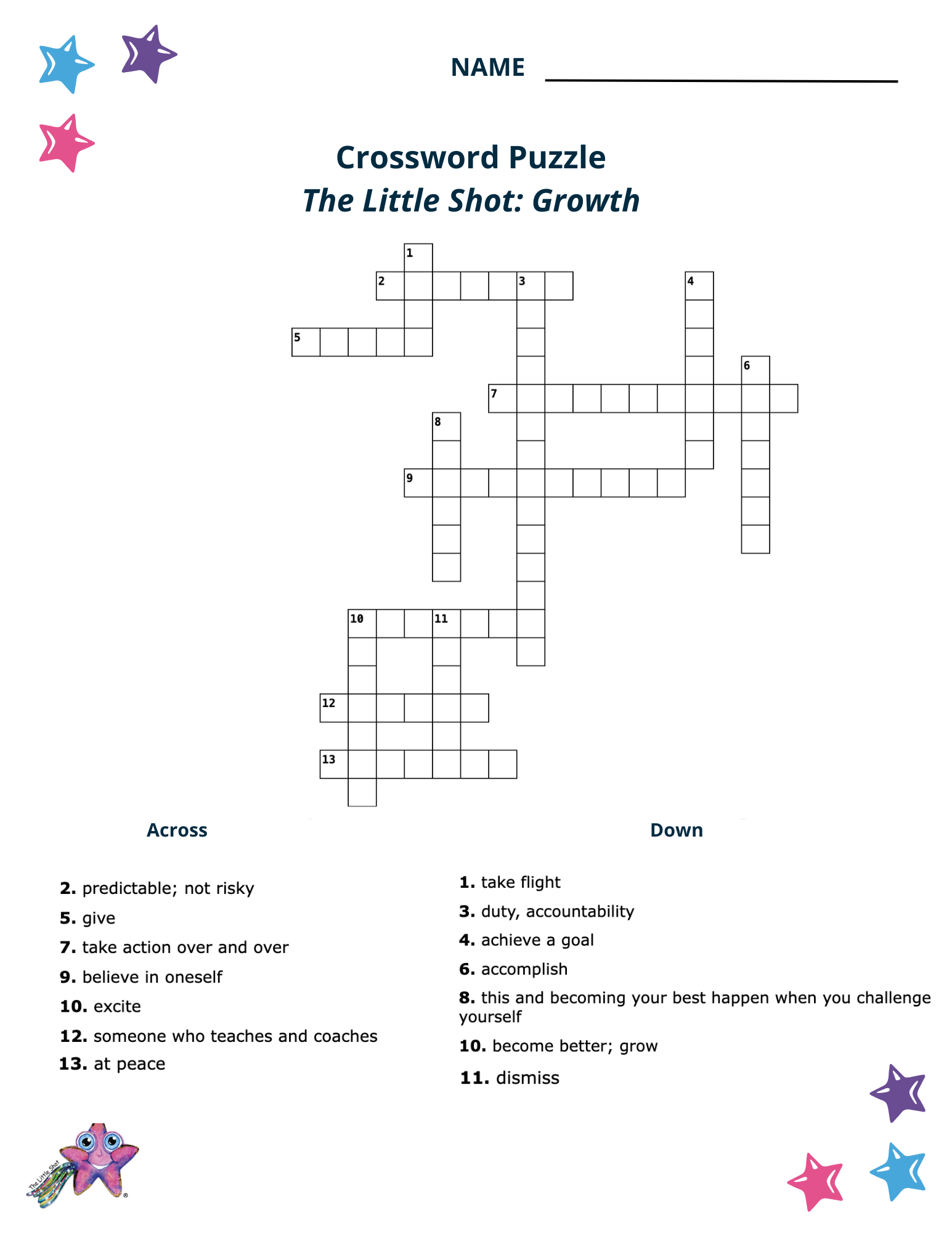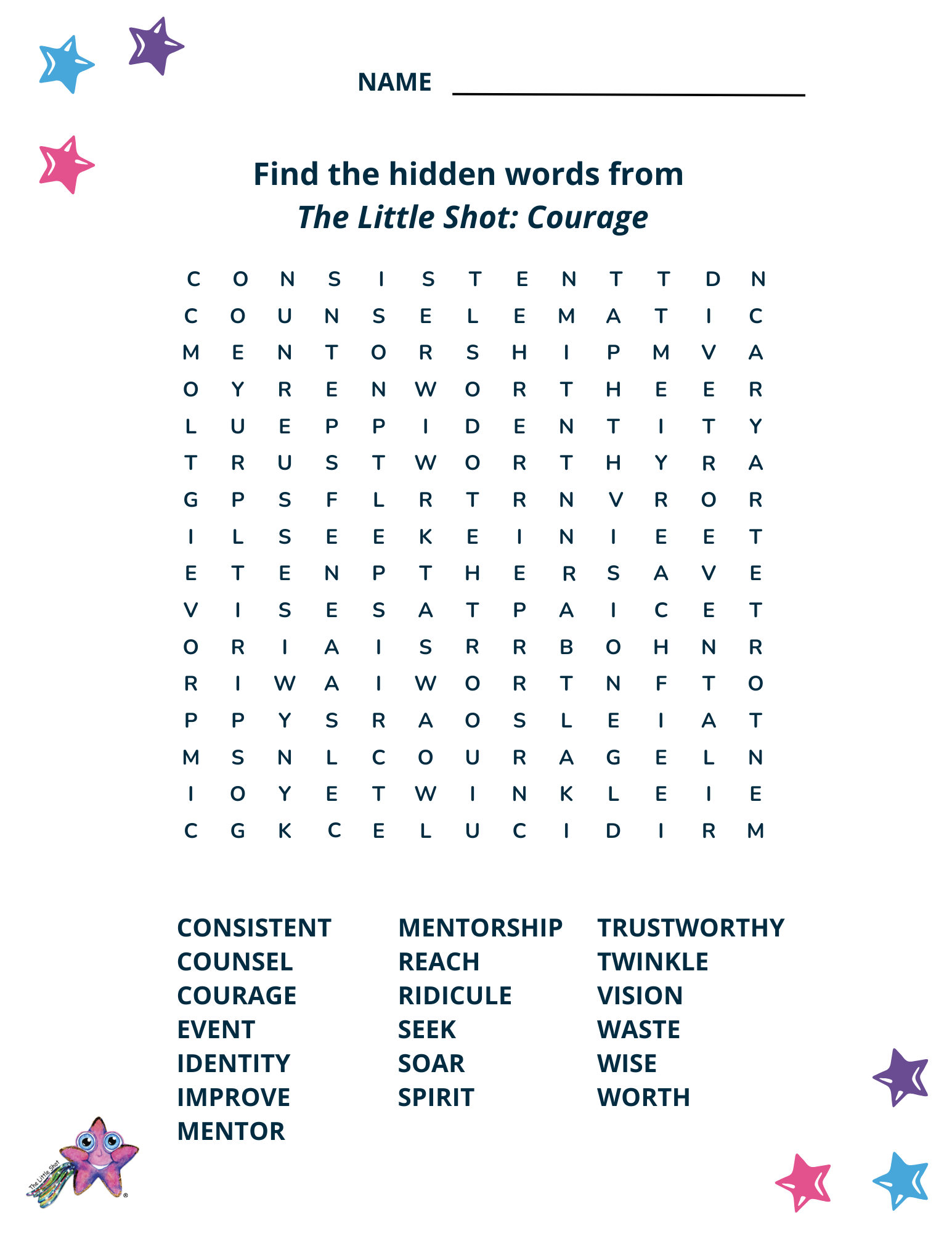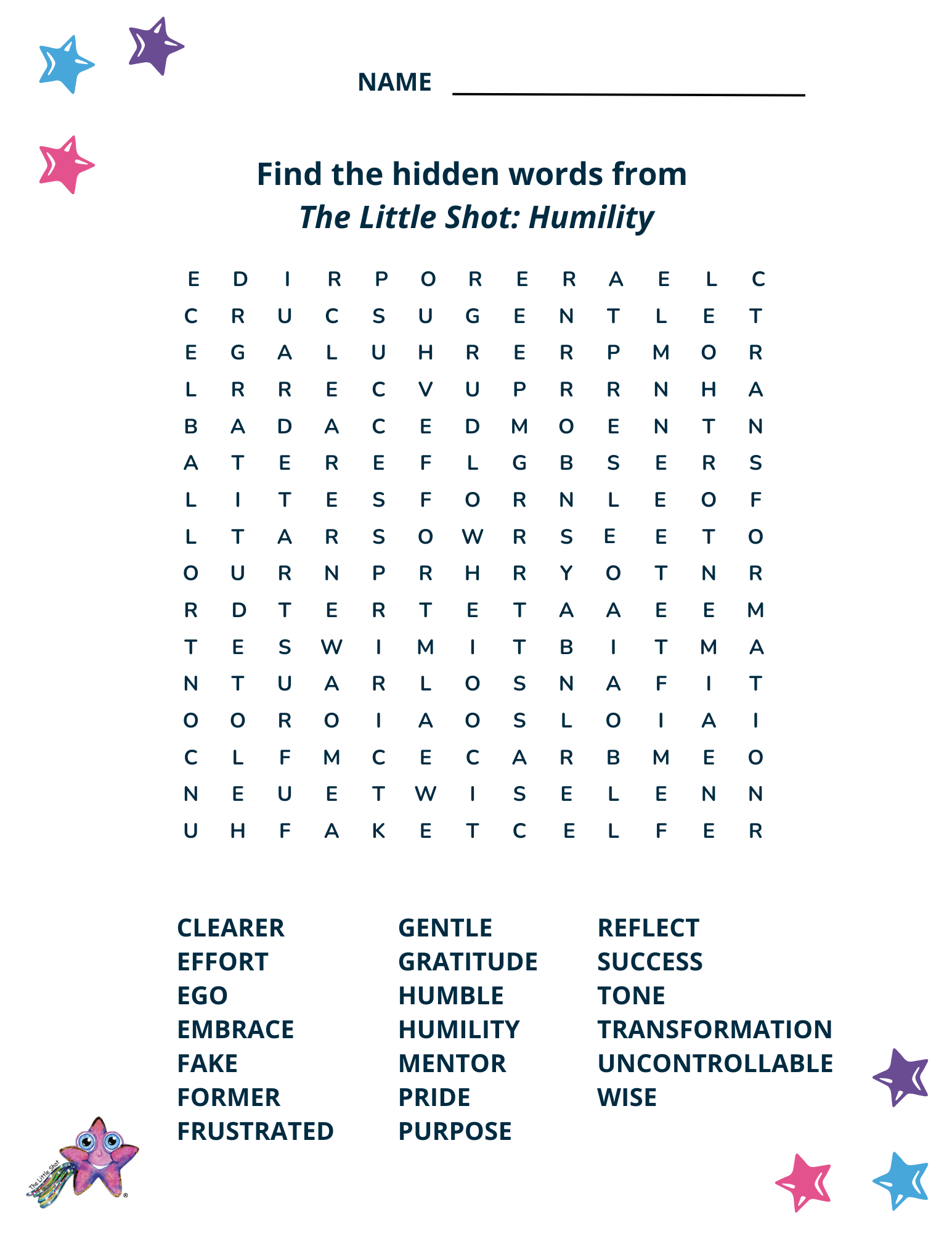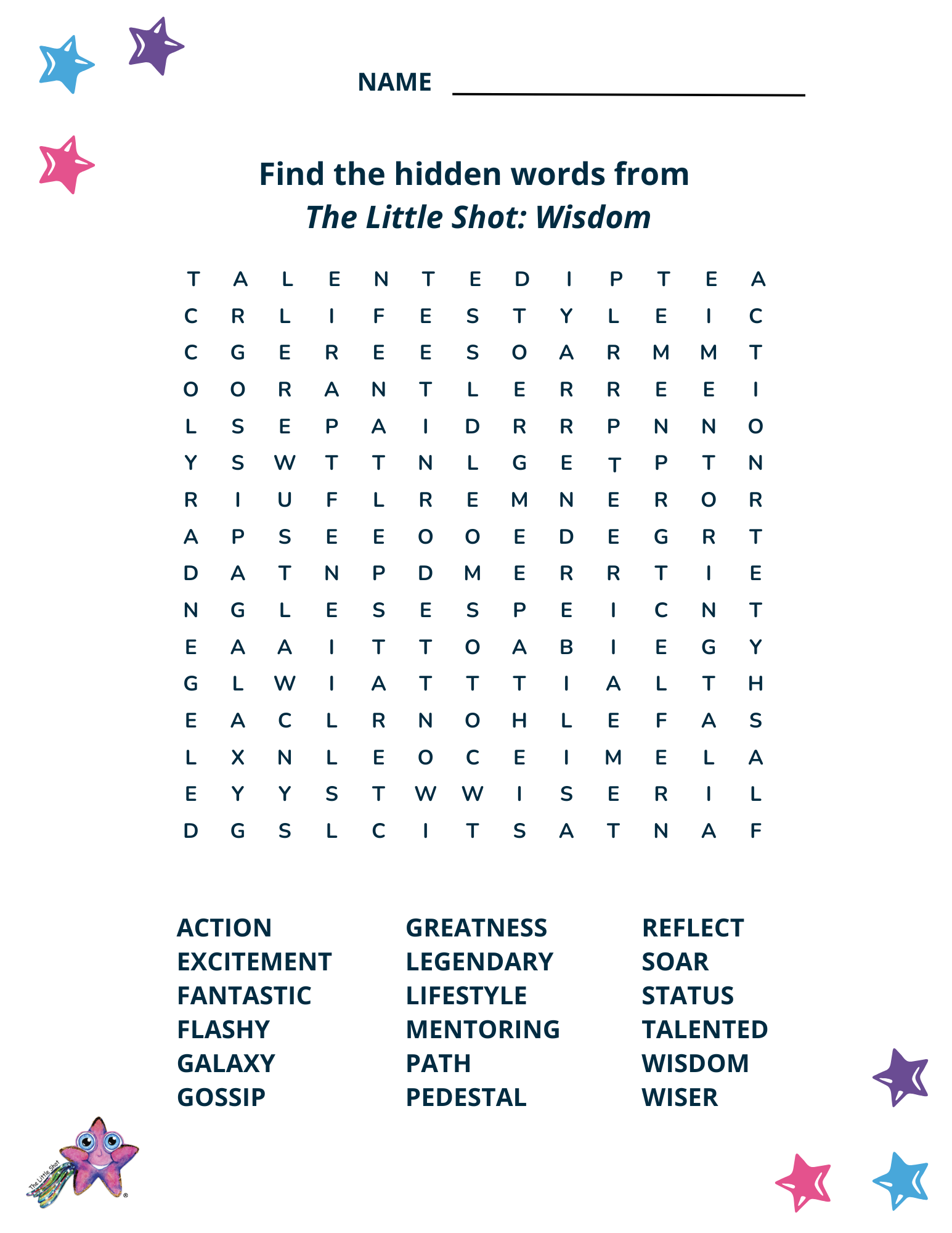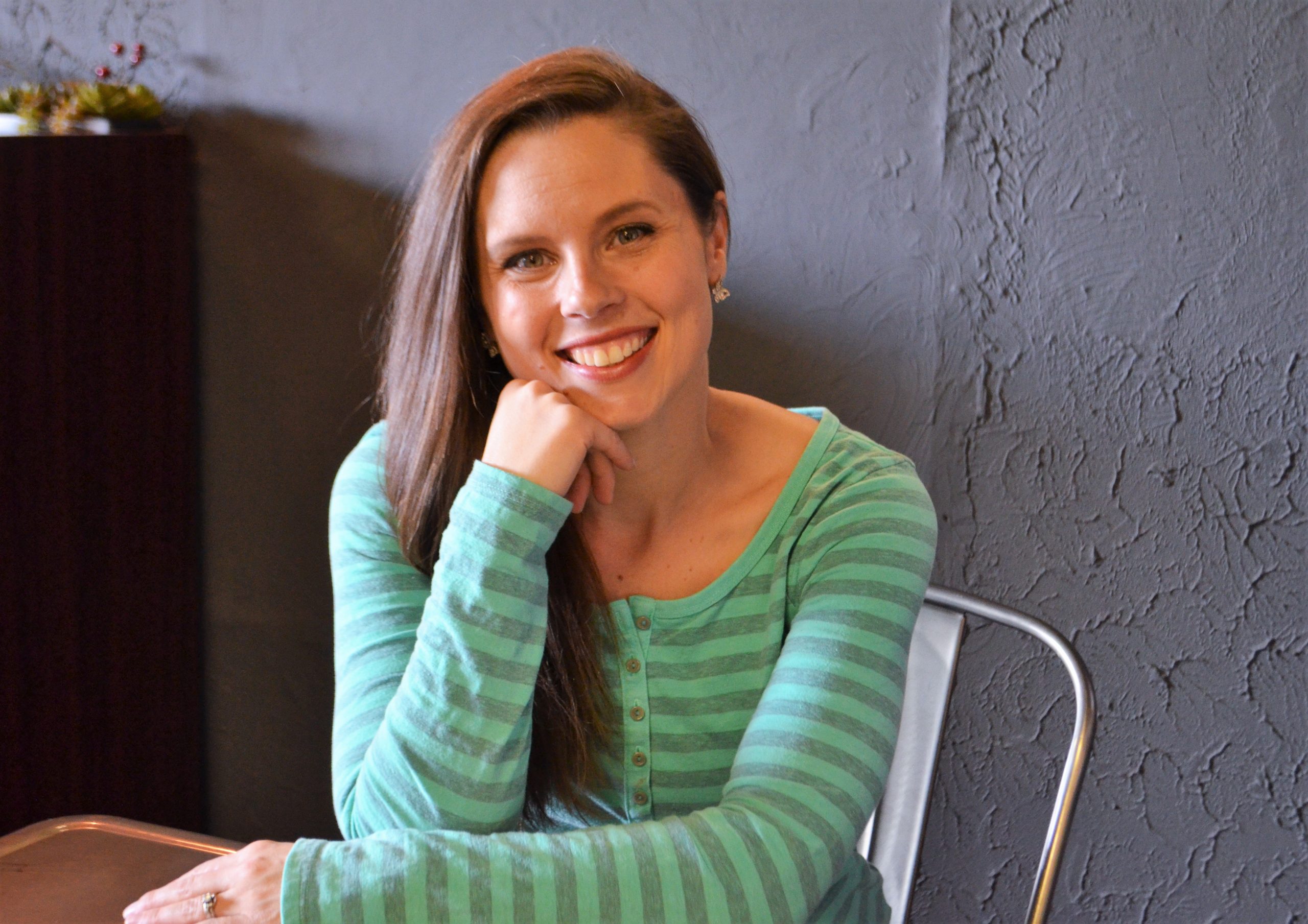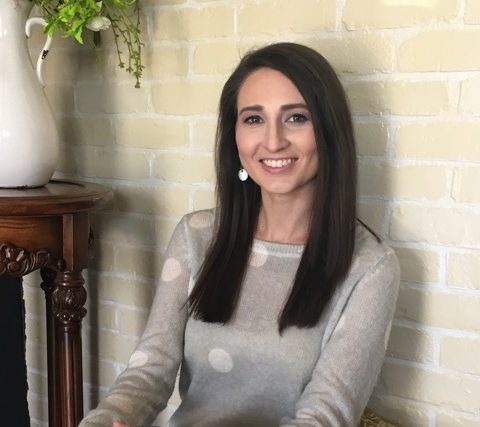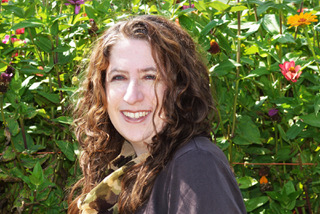Dream BIG!
We know you have big dreams, and we believe in you!
Little Shot had a big dream, too.
How do you make your dreams happen?
Somebody may have told you that you can’t make
your dreams come true, but that’s not exactly true!
We believe in you!
Little Shot has a big dream and wants to show you how to make your dreams come true, too! She shows you how she makes it happen and even shares her journal at the back of each book.
The journal has simple steps you can do while going for your dreams.
Going for your dreams starts here!

Watch the YouTube book reading

Use the free resources on our website

Email us your success story
Meet the Main Characters
in Little Shot’s books
Free Resources
CRAFTS
CROSSWORDS & WORD SEARCHES
MESSAGES FROM LITTLE SHOT
Little Shot Birthday Message
Little Shot Encouragment
Meet the Little Shot Team
Author:
Tasha Eizinger
What is an author?
An author is the person who writes the words for the story.
My Tips for Future Writers
1. Simply write. It will help you practice. You don’t have to share everything you write with others.
2. Have an idea book. The Little Shot series stemmed from the quote, “What’s a big shot? It’s a little shot that kept shooting.” You never know what will inspire a story so put anything that pops into your head into your idea book.
3. As the writer, you get to create whatever world you want! For you scientists, you may already know – a shooting star isn’t actually a star. It’s a meteoroid. (https://starchild.gsfc.nasa.gov/docs/StarChild/questions/question12.html)
However, I wanted Little Shot to be a star. The possibilities are endless for the worlds you can create when you use your imagination!
Illustrator:
Miranda Meeks
What is an illustrator?
An illustrator is someone who tells a story through images. As the illustrator for The Little Shot series, I help Tasha (the author) visually tell the stories she writes. This helps readers not just read the stories, but see the stories.
My Tips for Future Illustrators
1. Read, look at, and watch as many children’s books and other types of art as you can. There’s not one particular style or medium that’s better than all the others. Looking at a wide range of art and illustration styles allows you more opportunities for inspiration.
2. Make stuff! You don’t get better from art you don’t make. You must make bad art before you can make good art. Commit to the creative process. You might make a mess of things along the way, but that’s where the magic is hiding. Art’s not meant to be perfect – it’s meant to be made.
3. Remain open. Remain open to ideas, experiences, and other people. Allow yourself to live life. Be open to feelings, even the uncomfortable ones. You never know where inspiration or opportunity may come from.
Editor & Publisher:
Bonnie Smith
What is a book editor?
An editor is a person who sees a treasure in written form and makes the writing as clear as it can be so the reader has the best chance of traveling in the book as a silent character alongside the author.
What is a publisher?
A publisher is a person who hears an author’s dream and helps their story take shape on paper so other people who need that story can read it.
My Tips for Future Editors
1. Focus on helping the words be clear, using language that invites the reader along for the ride.
2. Only change what needs to be corrected, but keep the author’s voice and heart always very present in the words.
3. Think of your job as a cloth polishing fine silver. Your job is simply to make the silver shine more brightly!
My Tips for Future Publishers
1. Listen to an author’s dream. Don’t interrupt. Just listen.
2. Ask them who they think would need or want to hear their story, and encourage them to write in the voice those people can understand.
3. Be a cheerleader every step of the way. Remember, you are on a journey with them as they give voice to their big dream!
Technical Editor:
Melissa Hicks
What is a technical editor?
A technical editor is the person that ties up the loose ends and collaborates with everyone to ensure the top tier version of the book is met in regards to style, size, and format.
My Tips for Future Editors
1. Trial and error is pivotal. You don’t know until you try, so try multiple combinations of things until it feels perfect!
2. Be open to feedback and have the ability to adjust. Teamwork brings the best final product!
3. It’s okay to be picky! Pay close attention to detail. Have high standards and try everything to meet them.


